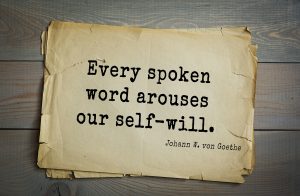
It had been a total failure. I had tried to introduce poetry to my class and have them write some, but they were reluctant and bored. However, something inside told me to give it another shot a few months later. I had been introduced to the concept at a TESL London workshop. The presenter was a convincing person and very nice, so
I had to try again.
I looked at ways I could do things differently. Since I teach levels 6 to 8, there were several resources I could draw on.
First, I asked them what they thought poetry was. You know what? I didn’t get much of a response. Things didn’t look too good – again.
So I went to phase two with a clip from Dead Poets’ Society.
I asked the question again,
“What is poetry?”







